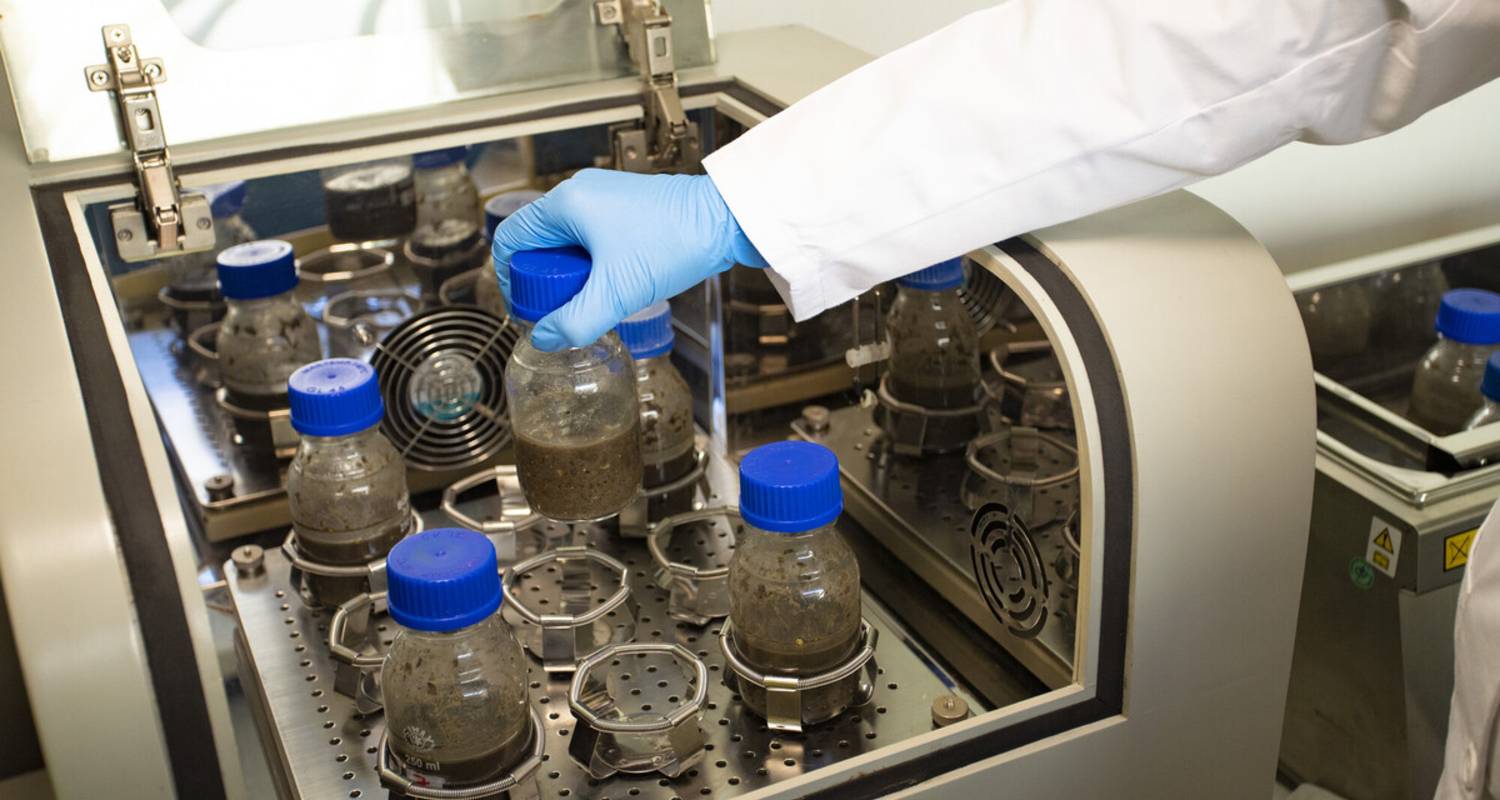For pharma or food packaging applications of products produced by our Chemicals area, we have defined Food Safety Principles that give rise to very specific criteria for each stage in the process in accordance with market demand.
Communication plays a key role in product safety
Communication plays a key role in product safety
Effectively communicating safety information to all our stakeholders and ensuring that it is understood is key to the company. This communication is done mainly through different documents addressed to:
Customers
Customers
Through Safety Data Sheets (SDS), which we prepare following the guidelines of the GHS and the legislation in force in the countries where we market our products.
Company employees
Company employees
Thanks to internal documents, such as Internal Safety Data Sheets (ISDS) and Product Information Sheets (PIS), our employees have the key information to manage product risk.





